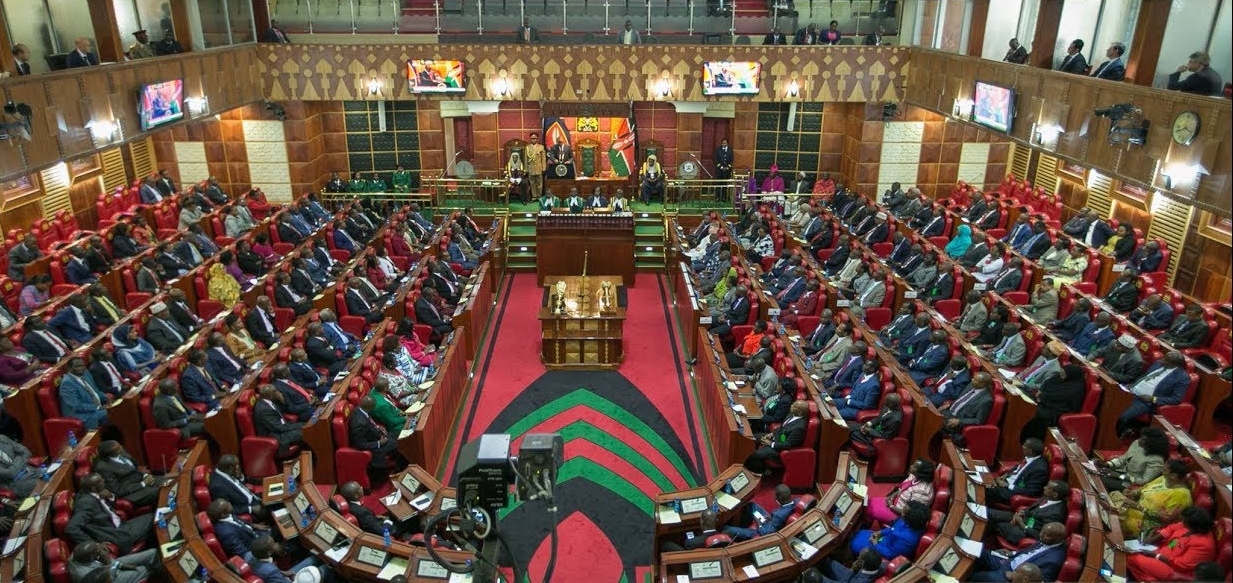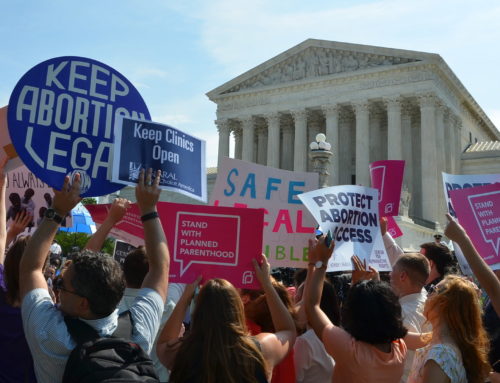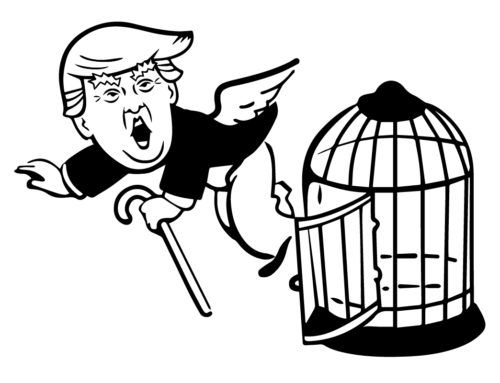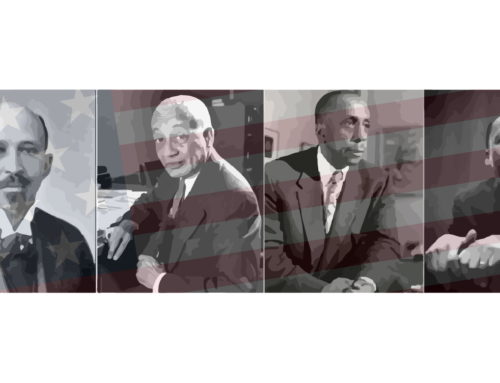By: David O. Monda
The recent proposal by Tiaty Member of Parliament, William Kamket of KANU, to reform the current constitutional framework in Kenya aims to introduce a one-term president who has ceremonial powers. It suggested the creation of an executive Prime Minister who would act as head of government, and also recommended the elimination of the position of Deputy President and the creation of two Deputy Prime Ministers. The MP’s proposal raises the question about whether a presidential, parliamentary or hybrid system (semi-presidential/semi-parliamentary) would serve the country better.
Setting aside the obvious political intrigues of the MP’s proposal for a minute, the presidential, parliamentary, and hybrid systems have their merits and challenges. For the merits of the presidential system (the current system in Kenya or the United States) it provides for stable government. Power is concentrated in the office of the president who is both the head of state and head of government. In Kenya, the president is elected directly by the people as compared to the United States where it is through the Electoral College. The parliamentary system (as in the United Kingdom), by contrast, vests power in the legislature (parliament). The Prime Minister is indirectly elected by the people and gains the office by being the head of the party with the majority of seats in the legislature.
Parliamentary systems can tend to be very unstable especially in political systems that are highly factionalized like Kenya. It becomes difficult to get a parliamentary majority to form government because no single party or parties dominate the political system. Kenya would fall under this category as NASA and Jubilee split the national vote almost equally.
The other argument against parliamentary systems is that fringe, minority or single issue parties can end up having power or influence way beyond their power in parliament. This is because they get to be “kingmaker” to determine which coalition eventually forms the government and ascends to power. Historically, Italy, Israel and Japan are examples of this practice.
Parliamentary systems however do have the advantage of fusing executive and legislative functions. This holds the Prime Minister more accountable to the electorate as they can lose their seat once they lose the support of their party and by extension the voters. Parliamentary systems also tend to diffuse power. The Prime Minister is the head of government. The head of state falls into the hands of the President who is ceremonial (like in Germany) or in the case of the United Kingdom, a King or Queen.
By contrast, the hybrid system (semi presidential/semi parliamentary) fuses the functions of the president and parliament. It attempts to gain the benefit of both the presidential and parliamentary systems simultaneously. Power is shared by both the president and the prime minister. This occurred in Kenya in 2008 with the formation of the coalition government between Mwai Kibaki and Raila Odinga. France is also another example of this kind of government. The main challenge with this system is the impregnable question “who gets to rule?” The President or the Prime Minister? This is because the system creates two power centers which can prove to be challenging in advancing the public policy agenda.
Back to Tiaty MP William Kamet. Coming from KANU, might these reforms at having a one term president with two deputy presidents be targeted at undermining William Ruto’s bid for president? Will it afford the advantage to Kamet’s party leader Gideon Moi in Rift Valley? A one term presidential position with Gideon Moi at the head of the ticket with two deputy presidents (who would come from two different ethnic constituencies) would be a good selling point to give a Gideon Moi presidential ticket a national face. Moi could use this as a carrot to woo NASA coalition partners to his side.
It might also be constructed as a means of having Uhuru Kenyatta extend his term in office by creating the office Prime Minister for himself while giving the post of President to Gideon Moi. This will sit well with the historical narrative of power moving within the Kenyatta and Moi families. Such a scenario alienates William Ruto as Uhuru Kenyatta will not need him politically after 2022. This is because of the angst Uhuru’s central province constituency have for William Ruto. The Deputy President’s main challenges are casting himself as a national leader beyond his home base of Rift Valley, shedding the tag of being power hungry and corrupt and lastly convincing the Central Kenya ethnic coalition that their interests will be met once he is in office.
Mr Aden Duale’s quick rejoinder to William Kamket’s proposal illustrates the veracity of this proposal. It is highly toxic to half of the Jubilee coalition. The wing that supports William Ruto. These are interesting times in Kenya. The run up to the 2022 elections will be filled with intrigue and backstabbing. William Ruto has his work cut out finding his place at the high table of Kenyan politics dominated by wealthy entrenched political families in whose league the Deputy President does not play.
David O. Monda is professor of Political Science at City University of New York – Guttman College
Image: President Uhuru’s Opening Speech to Parliament in 2107.










Leave A Comment